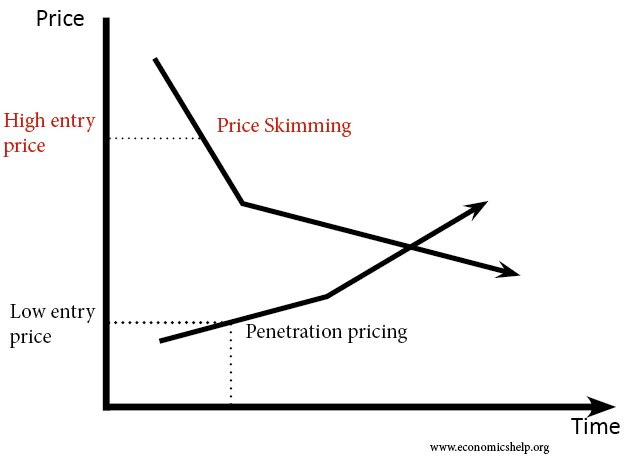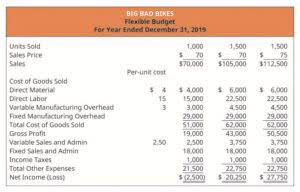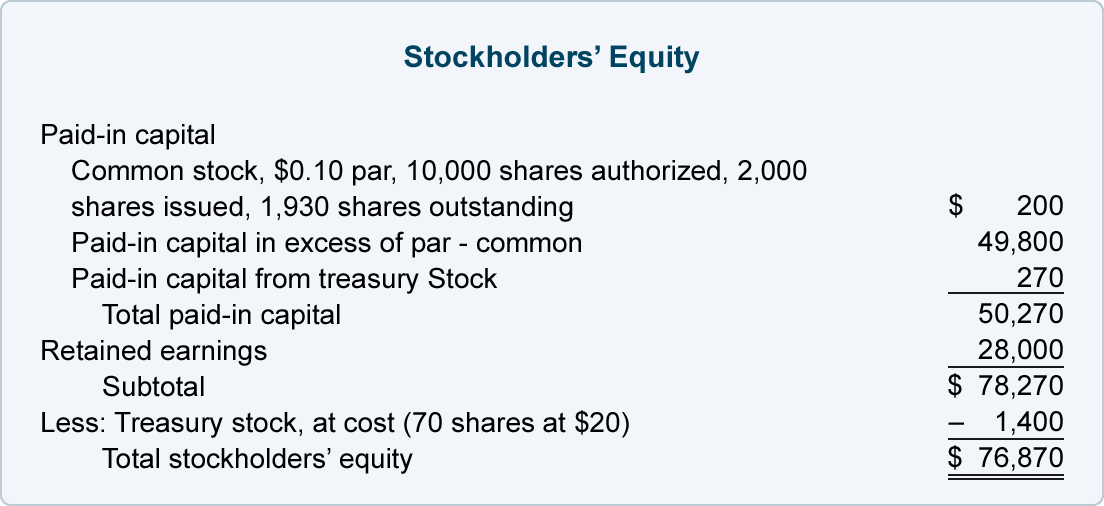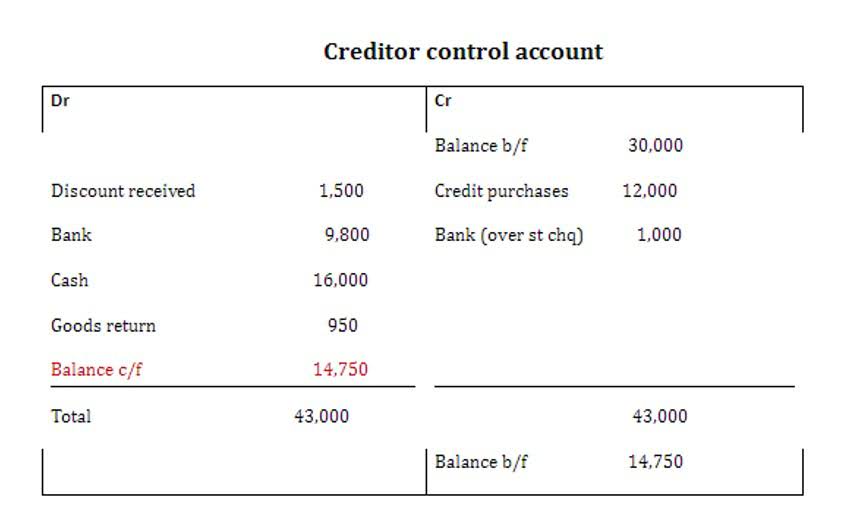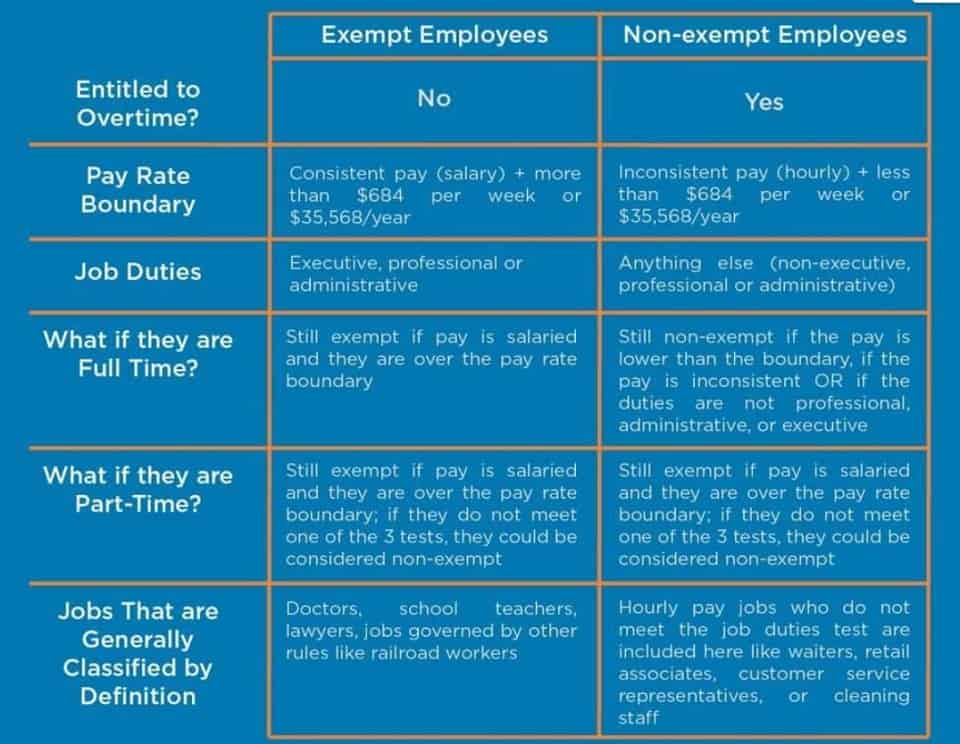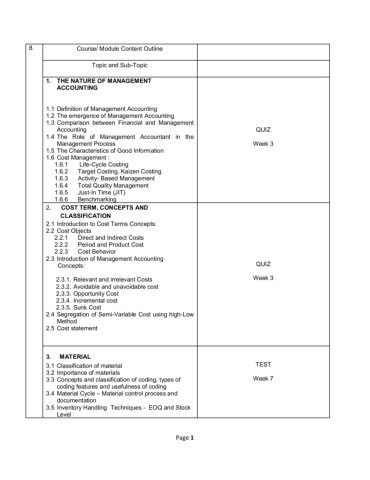
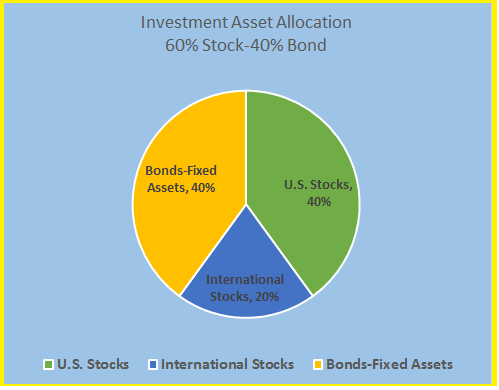
These requirements can be satisfied in many ways – seminars, online courses, self-study courses, etc. CPE requirements vary from state to state; however, generally, CPAs need 40 hours of CPE per year and CMAs need 30 hours per year. Both CMAs and CPAs have an annual ethics requirement for their CPE as well . Becker is the best resource to earn these CPE credits – you can learn more about our diverse offerings at our CPE course catalog.
A chartered accountant is a more technical tax and accounting specialist, often found in larger companies, professional industries and corporate firms. Regarded as knowledgeable financial advisors and accounting specialists, CPAs help people identify their financial goalsand develop strategies to ensure those aims become a reality. You’ll find CPAs in all levels of business, from start-ups to multinational corporations. Every business needs a good accountant, making it one of the most stable industries you can get into. But if you’d like the freedom to explore even more job opportunities in the future, then you should consider specialising as a certified practising accountant or a chartered accountant .
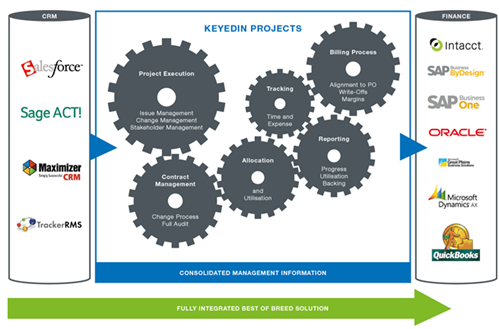
They have a cash flow from operating activities in accounting, business or finance, and have also completed the demanding CPA program, which is overseen by accounting body CPA Australia. The answer to this question depends entirely on you and on your personal situation. If you have complicated taxes that require special forms and calculations, it’s definitely worth hiring someone to complete for return for you. Having someone else do your return takes the guesswork out of calculations and cuts down on the possibility of error.
Conclusion: ACCA vs CPA
This disparity between supply and demand has resulted in accounting departments and CPA firms struggling to find qualified talent. It’s also important to note that not all accountants and CPAs perform all of the duties listed above. Review and provide consultation on compensation, benefits, assets and spending of company money. Most people do not need an accountant, but some people do need one. CFPs and CPAs don’t have much overlap in customer base because CPAs specialize in much more complex situations. CFP customers often only need advice about what to do with their money in a general sense, or they might need help getting out of debt.
You don’t have the time and patience to deal with it.If you feel that the significant time you’d need to devote to doing your taxes would be better spent elsewhere, you might want to outsource. It’s probably more prudent than rushing through your filing and making a mistake. If you don’t have either, it might be worth hiring a tax professional — but know it will be more expensive. Our experts answer readers’ tax questions and write unbiased product reviews (here’s how we assess tax products). In some cases, we receive a commission from our partners; however, our opinions are our own.
Accounting Top 100 Social Media Leaderboard – March 15, 2023 – CPAPracticeAdvisor.com
Accounting Top 100 Social Media Leaderboard – March 15, 2023.
Posted: Thu, 16 Mar 2023 07:00:00 GMT [source]
Individuals interested in becoming a forensic accountant would benefit from taking auditing, cost accounting, risk management, forensic accounting, managerial accounting, and taxation. Most forensic accountants go on to become CPAs or to obtain their certified fraud examiner credentials. According to PayScale.com, the average salary of a forensic accountant is $66,311. Experience, as well as obtaining a CPA or CFE, increases the salary for most forensic accountants.
Count on Your Future with a Bachelor’s in Accounting from Seaver College
To become an https://1investing.in/ a bachelor’s degree in finance, business management, accounting, or a related field is required. An accountant’s job training generally begins with a school-based internship program and on-the-job training. Accountants can further their careers by earning extra certifications, such as Chartered Financial Analyst , Certified Management Accountant , Certified Internal Auditor , or Certified Fraud Examiner . She earned a bachelor of science in finance and accounting from New York University.
Diversity and inclusion business press – economia
Diversity and inclusion business press.
Posted: Fri, 14 Apr 2023 06:38:00 GMT [source]
Founded in 1902, Franklin is an accredited nonprofit university offering flexible college degrees online and at locations in Ohio and the Midwest. Due to higher educational and CPA credential attainment, CPAs have higher earning expectations than unlicensed accountants. Organizing and recording financial transactions, including accounts payable, accounts receivable, depreciation and journal entries, and collections. In fact, according to data from the Bureau of Labor Statistics , and CPA licensure data, only about 50% of accountants in the United States are actively licensed CPAs.
Difference of ACCA and CPA: Time Required to Pass
They’re awarded enrolled agent status after completing all requirements. According to Becker Professional Education, while all CPAs are accountants, not all accountants are CPAs. An accountant is a financial professional who compiles and analyzes financial information.
The Benefits of Using Artificial Intelligence in Accounting – 24-7 Press Release
The Benefits of Using Artificial Intelligence in Accounting.
Posted: Mon, 10 Apr 2023 07:18:49 GMT [source]
We do not control and are not responsible for the actions of any lender. We do not have access to the full terms of your loan, including APR. For details, questions or concerns regarding your loan please contact your lender directly.
And because CPAs are licensed, they are required to adhere to more stringent standards than an accountant. Tax season is the time period between Jan. 1 and April 15 of each year when taxpayers usually prepare financial reports for the previous year. Investopedia requires writers to use primary sources to support their work.

There is no centralized body, and each state has slightly different CPA exam and licensing requirements. Additionally, two professional bodies—the AICPA and NASBA—assist the jurisdictions in specific ways. But still, each state has the right to establish its own benchmarks.
For this reason, you can prepare to pursue a career in accounting by earning a bachelor’s degree. But after gaining some experience in the field, you may want to pursue further opportunities, such as CPA certification or earning a graduate certificate or master’s degree in accounting. For businesses, CPAs also provide expanded taxation and auditing services to businesses. In addition, they help companies manage their money, taxes and investments in a manner specified by laws and regulations.
ACCA and CPA: Reciprocity and Exemptions
In addition to passing the CPA Exam , candidates must also have 150 hours of education and at least one year of qualified experience. However, if you’re registering for the CPA with ACCA, you’ll still have to meet these requirements. Bookkeepers record every company transaction that involves money, accountants provide a more in-depth analysis of the financial transactions, and CPAs are state-approved accountants.
For busy non-tax professionals, their time can generally be better spent earning money in their area of expertise. Even if your tax situation is straightforward, hiring a professional will save you the time and stress of doing your taxes. Consider hiring a professional if your taxes are too complicated to complete on your own.

ACCA requirements are not very stringent and students with a non-finance background can also apply. Alternatively, you can hire a financial planner who receives a commission on the products that they sell to you, or on specific investments tailored to your situation. However, with this setup, you run the risk that the planner is focused on their profit instead of what’s best for your situation. If you are extremely wealthy or own a business, you may consider getting an accountant to help you understand the laws surrounding your bookkeeping and taxes. The different chartered accountant designations around the world and their respective comparisons to the CPA license can be quite different.
Simply put, an accountant will help you with specific issues that most people do not have. They can review your tax situation and help you structure your finances. There are also situations when using an accountant can help you save money. There may come a point when it makes sense to have additional help figuring out the best way to file your taxes, for example.
The decision to choose an accountant or a CPA should depend on your specific needs and goals and the complexity of your financial situation. If you’re having trouble determining this, you can consult a qualified professional to help you identify the best course of action for your business or personal finances. Are you an individual or business looking for guidance regarding financial matters? If so, you may wonder about the difference between a Certified Public Accountant vs a regular accountant.
- In those cases, the candidate receives a certificate, but not a CPA license, until they’ve completed the required work experience.
- “A tax professional is often able to make valuable tax savings suggestions that a software program just can’t anticipate,” according to Wehner, who has been preparing taxes for more than four decades.
- For example, a tax accountant can advise you on tax-friendly ways to save for your children’s education or how toreduce taxes on your capital gains.
- DeVry is not able to recommend graduates for professional licensure in any state.
- This licensure is offered by the American Institute of Certified Public Accountants .
- Maintaining a daily record is one of the primary tasks of bookkeeping.
Does a career spent working for the rights of those around you set your heart ablaze? Both CAs and CPAs are highly respected jobs and can stand to earn a decent income in Australia. Take a look at the average salaries for both roles below and start plotting out what comes next. If you’re more detail-oriented, and you like solving complicated financial issues, then a CA might be the right path for you. If you see yourself moving into management and driving a business’s overall financial success, then a CPA could be more your style. The Internal Revenue Service is the U.S. federal agency that oversees the collection of taxes—primarily income taxes—and the enforcement of tax laws.
You may not even know what kind of accounting help you need as there are different kinds of accounting professionals. Many CPAs are more knowledgeable in tax codes because of the rigorous CPA licensing examination and continuing education requirements. Another critical factor is that CPAs are eligible to represent clients before the IRS, while a non-CPA accountant is not. The Bureau of Labor Statistics considers CFPs a part of the “personal financial advisors” group that also includes investment advisors and insurance specialists. These professionals made a median annual income of $94,170 in 2021.




